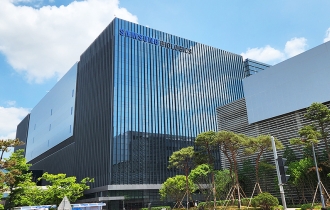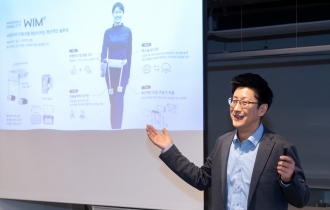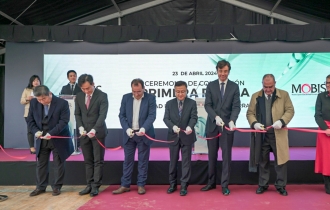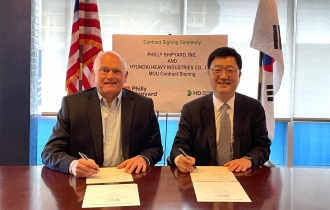KTX and SR merger faces rough prospects
[THE INVESTOR] The Ministry of Land, Infrastructure and Transport will finalize whether to merge South Korea‘s national train operator Korail and high-speed rail service Supreme Railways by the end of this year, officials said on July 14.
But a bumpy road is expected ahead with the SR labor union expressing strong opposition to the merger.
“Related parties are currently holding discussions over the direction of the merger. A task force will be formed to finalize a decision by the end of this year,” said Maeng Sung-kyu, second vice land, infrastructure and transport minister.
The issue surrounding the merger of Korail and SR was brought into the spotlight when the Transport Minister Kim Hyun-mee said a group of professionals will focus on reviewing the public benefits of running separate train systems and the effect it has on the future of Korea’s rail industry during a press briefing earlier this month.
During the confirmation hearing, Kim had opposed the launch of Super Rapid Train, the train service run by SR, on grounds that privatization of rail systems is not advisable.
“The dispute surrounding the merger comes down to a power struggle between the two (KTX and SR) and each are basing their arguments on quite reasonable logic,” said Chae Il-kwon, professor and consultant of Asia Development Bank Transport.
But he also pointed out that evaluating the effectiveness of SR in just seven months of operation may not be the most favorable method.
After some 10 years of rail services reform, SR was established in 2013 and its high-speed rail service SRT began service on Dec. 9, 2016 to add competition to Korea’s railway systems that had been monopolized by the state-run Korail for 117 years.
Last month, SRT celebrated surpassing 8.9 million passengers in the first six months of operations.
Korail has been supportive of the merger contending that a unified system is beneficial for the public.
“The merger will lower operation costs, as it will eliminate redundancy caused by running two rail services. Korail is saying lowered costs will help it see a surplus, ultimately to support routes in rural areas recording deficits,” Chae added.
Korail flagged 153.9 billion won ($135.7 million won) in profit last year and recorded a surplus in 2014 and 2015 as well, according to state-run All Public Information In-One.
But in the first quarter of this year Korail posted an operating loss of 47.8 billion won as a result of an increasing number of passengers choosing to use SR instead of KTX.
Korail is anticipated to see a loss of 200 billion won this year.
The state-run system has been covering for the operating loss seen in unpopular routes to rural regions, which it may not be able to support due to a declining profit.
SR, however, has pointed to how SRT pays 50 percent of its sales as a track usage fee to the Korea Rail Network Authority, while KTX pays 34 percent.
It added that the rising sales of SRT on improved accessibility of bullet trains for passengers living in the Seoul and southeastern capital regions is expected to contribute to the country’s railway industry.
“Competition between the two has in fact led Korail to bring back various membership fare benefits and improve services offered on the train,” SR said.
Last November Korail revived the membership service in which passengers can earn 5 to 11 percent of the final payment toward a free train ride, seeking to counter SRT tickets that are 10 percent cheaper.
By Kim Bo-gyung (lisakim425@heraldcorp.com)
EDITOR'S PICKS
- [From the Scene] KG Mobility poised to take next leap
- Samsung Biologics Q1 earnings hit all-time high
- KGC eyes broader customer base with Lim Young-woong
- Korean robot startup aims to transform human walking
- Coway launches Berex massage bed with enhanced usability
- Hyundai Mobis breaks ground for W170b Spain plant
- HD Hyundai teams up with Norway's Philly Shipyard for US footing
- Hanwha Life taps into global banking through Indonesian investment






![[From the Scene] KG Mobility poised to take next leap](http://res.heraldm.com/phpwas/restmb_idxmake.php?idx=141&simg=/content/image/2024/04/24/20240424050621_0.jpg)








